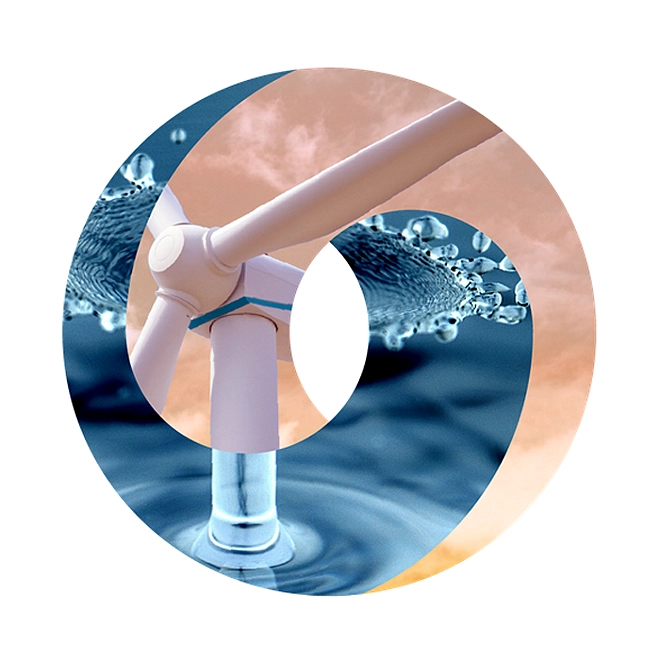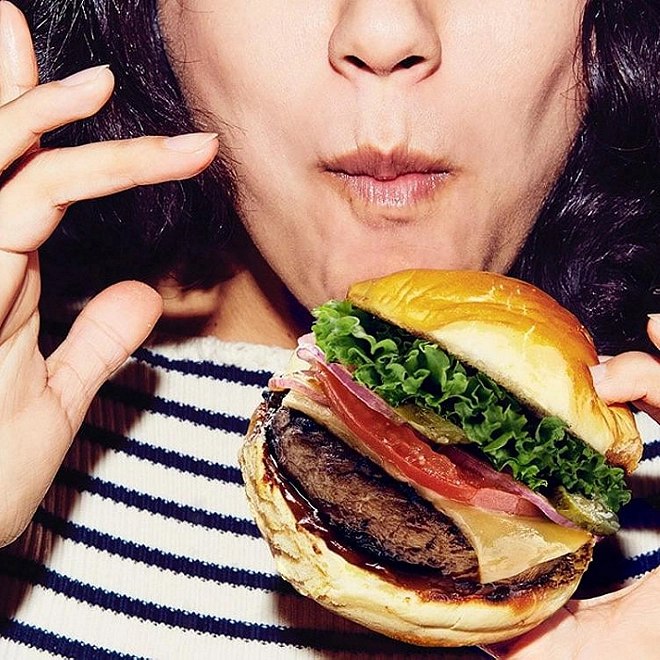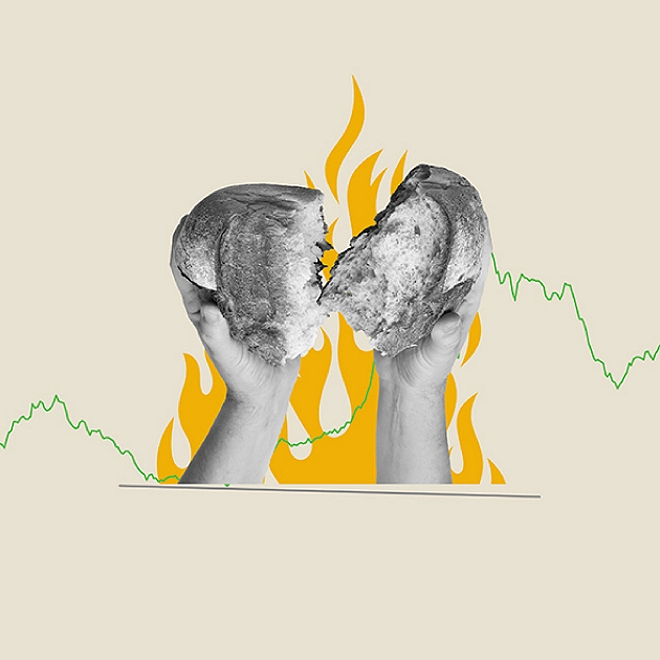Pathways to decarbonization | Food
Unlike some other hard-to-abate sectors, the food industry has the opportunity to achieve net-zero emissions and play a pivotal role in reaching global climate goals.
As a major emissions polluter, today’s food system is responsible for 25% of global CO2 emissions. To turn this tide, the entire food ecosystem must strive towards a complete farm-to-fork transformation. In this installment of our Pathways to decarbonization series, we explore a range of decarbonization levers that could help the food sector reduce emissions by up to 90%.
The state of play
Today’s food system is not sustainable. It accounts for 25% of global CO2 emissions,1 44% of global methane2 emissions, and 80% of global nitrogen emissions.3 Nevertheless, it is a pivotal sector feeding the world, producing a large share of global GDP, and providing around 40% of global jobs. The current production model is based on highly productive but unsustainable practices. However, shifting to low-carbon farming practices leads to lower yields and higher costs. Lower yields are problematic, as global food demand is projected to rise, while higher costs are difficult to pass down the value chain, since consumers are often unwilling or unable to pay higher prices.
The way forward
Despite these challenges, the food sector has the potential to become not only net-zero, but also net-positive by acting as a significant carbon sink through natural carbon storage. This is very promising, but implies significant investments and a fundamental redesign of the food system. The good news is that most of the necessary levers to pull are already available. Changing the way we use land—and treat soil on agricultural land—could get the industry almost halfway to net-zero. Low-carbon farming practices, food waste reduction, a shift to renewable energy, and shifting diets could potentially complete the journey. However, the entire food ecosystem will need to work in unison to make a net-zero, or net-positive, food system a reality. Building coalitions will be key to establishing common standards, conducting monitoring, and fast-tracking system changes. Food processing and food retail industries will set the pace, driven by consumers and brand perception. Regulators must set standards to enforce end-to-end transparency. Data and analytics skills will help realize it. Innovation, improvement, and development of new technologies will be critical enablers in achieving net-zero.
Read the full report to learn more about Deloitte’s recommendations.
About Pathways to decarbonization
The Pathways to decarbonization series is a collection of insights on the challenges, opportunities, and viable decarbonization pathways for high-emitting and hard-to-abate sectors. Each of the sector perspectives offers a foundational starting point for leaders who would like to better understand the landscape across these critical sectors.
Explore “Recommendations” below for more in-depth food, supply chain, and climate-related reports.
References:
- Poore, Joseph, and Nemecek, Thomas. “Reducing food’s environmental impacts through producers and consumers.” Science 360 (2018): pp. 987-992.
- Food and Agriculture Organization of the United Nations, “Key facts and findings.”
- Michigan State University, “How much fertilizer is too much for the climate?”




